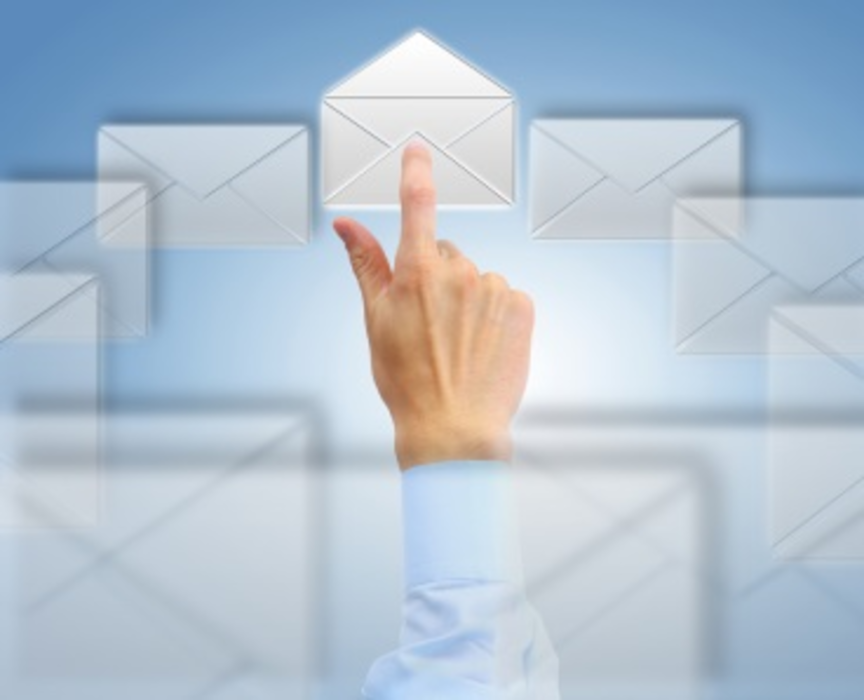Even test-obsessive email marketers sometimes mistakenly include a typo, broken link, or wrong coupon. Dan McDermott, senior product marketing manager of messaging at Epsilon, says that some marketers make intentional blunders, because faulty emails tend to draw more attention and lead to higher open rates. But for most marketers, spotting a mistake after hitting send is nothing short of a nightmare.
Here’s what marketers should and shouldn’t do after sending a flawed email and what they can do to avoid future mistakes.
Do
Fess up (when needed): Not every mistake warrants an explanation. Digital marketing evangelist at Marketo, DJ Waldow, says apologizing for a typo can draw attention to errors subscribers may have otherwise ignored. But marketers should follow up when errors, such as broken or incorrect links to a sale, impact customers’ buying experiences, says Jim Davidson, manager of marketing research for Bronto Software. Ignoring the issue, he says, can break trust between customers and brands.
Identify who received the problematic email: Marketers should only apologize to those impacted by the error. Apologizing to the entire subscriber base only highlights the blunder, Davidson says, and can cause customers to lose confidence in the brand. This especially holds true for misquoted coupons. If a marketer intended to offer a 5% discount but instead offered 50% off, he should only honor the coupon for the affected segment, McDermott says. If honoring the coupon will be detrimental to a brand’s bottom line, marketers can offer affected consumers a coupon with a discount that isn’t as deep as the misquoted figure but is still better than the one originally intended—or make that special offer to a limited number of affected subscribers, like the first 100 to make a purchase.
Show that you’re human: Everyone makes mistakes. When apologizing for a slip-up, let subscribers know that a real person is behind the email address by using an informal, personal tone rather than a formal, corporate voice. McDermott encourages marketers to infuse humor into their emails and subject lines, but only when appropriate. No one will laugh when they see their 50% coupon is really only worth 5%, he notes.
Don’t
Have a do-not-reply address as your email: When customers notice a mistake like a broken link, they like to inform companies of the slip-up. So, having an email address that doesn’t accept replies only leads to further irritation, Waldow says. “You’ve got frustrated customers who not only can’t get the deal, but can’t even get in touch with you,” he says.
Automatically include a coupon in your apology: A gift can go a long way, but it isn’t always necessary. Including coupons in apology emails can be effective, but simply admitting fault is often enough to help marketers reengage with their customers, Waldow notes.
Treat all errors the same: McDermott advises marketers to grade their errors to determine which will most significantly impact business. For instance, he deems broken links low-grade errors: Some marketers can fix a broken link on the backend before subscribers open an email or simply resend the correct link. Inserting the wrong coupon is a high-grade error, because it can lead to customer dissatisfaction and lost profits.
Prepare
Test, and test again: Marketers who have an error-free period, like the holiday season, may be tempted to ease up on testing, Davidson says. He insists on maintaining a strict testing protocol, including mobile emails. Waldow advises marketers to always have a specific person review emails, test links, and see how emails render on different domains before sending.
Plan for the worst: Davidson advises marketers to have a template containing a brand’s standard header, footer, logo, and blank text box ready to send out follow-up emails quickly when a mistake does slip through.
Keep calm and carry on: Waldow reminds marketers that subscribers will forget about the mistake and move on, and that it’s important for them to do the same. Waldow says, “Nobody dies in email marketing.”







